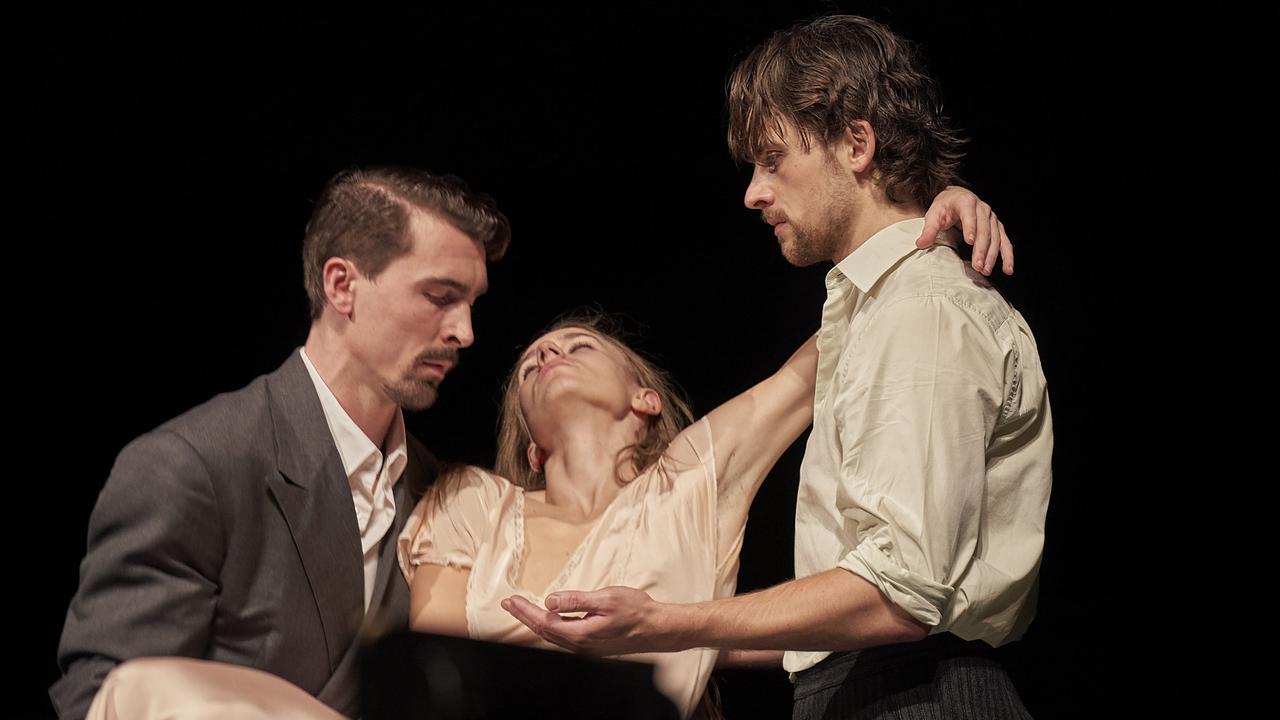Reviews: Vast; John Hiatt; Vikingur Olafsson; Kav Temperley; Keith Jarrett
In September last year more than two dozen musicians, writers and visual artists flocked to Cossack, WA. This is the result.
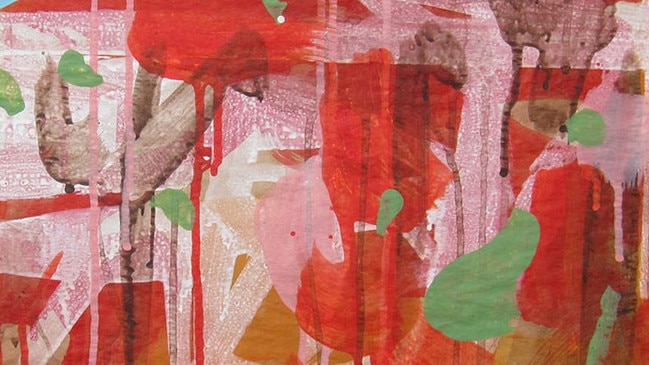
Folk/rock
Vast
Various Artists
EMI Music
4 stars
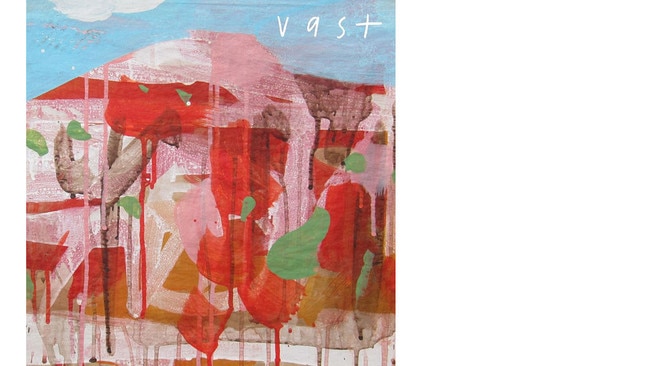
In September last year, more than two dozen musicians, writers and visual artists from around the country flocked to Cossack, a deserted settlement in Western Australia’s dry and sparsely populated Pilbara region. The idea was to convene a creative hub that draws inspiration from the open landscape and historic buildings — something that Panics frontman Jae Laffer had experienced first-hand on his own past trips there. He and musician Qynn Beardman instigated the council-funded project Vast, where creative souls from different backgrounds could react individually to the place.
Such spontaneous energy is certainly captured on this compilation of 18 songs resulting from the project. Free of their usual songwriting habits and constraints, the assembled artists mingle and experiment. Powderfinger’s Bernard Fanning winds up collaborating on two tracks: Everything, co-written with Alan Pigram and Aboriginal filmmaker Tyson Mowarin, and Ashes & Dust, co-written with Oh Mercy’s Alexander Gow shortly after those two first met. Whether reacting to the spectre of the region’s mining and pearling industry or to the deep spiritual quality of the ancient land itself, the songwriters each manage to carve out their own individual territory. Paul Dempsey gazes up at the impossibly clear expanse overhead to pen The Sky’s Gone Missing, while Sally Seltmann reflects on wattle trees and the wilful path of water on River River. Other contributions are just as specific, such as Adam Harvey’s passionate Red Dirt Town — which would sound right at home on modern country radio — and Perth native Ian Campbell’s alt-country dust-up Ghost Town.
Yet other tracks zoom out a bit more: Oh Mercy’s Have a Little Faith traffics in wry social commentary and priceless rhymes such as, “I could live on rice and beans / Or go full bourgeoisie”. It’s no surprise that many of these songs feel uncommonly intimate, from the earthy blues of Eskimo Joe frontman Kav Temperley’s Sugarstone to the brushed drums and lullaby warmth of Tradition by The Healys; or that acclaimed songwriters such as Laffer and Augie March’s Glenn Richards turn in especially fine work. Other artists do surprise: despite his past in comedy projects including the Doug Anthony All Stars, Paul McDermott is perfectly earnest on the folkie Let Go, while Nick Sheppard ends You Get What You Give with a layered singalong.
The only qualm is that more women could have been involved, but that’s not to discount memorable contributions by Melbourne folkie Rowena Wise, Pilbara musician and businesswoman Josie Alec and songwriter Aimee Chapman, one of the hardworking producers behind the project. As Chapman says in a short film documenting the unique undertaking: when one steps foot in these awe-inspiring surroundings, “I think you have to make art”.
Doug Wallen

Indie rock
All Your Devotion
Kav Temperley
Inertia
3.5 stars
A few years ago, Eskimo Joe frontman Kav Temperley was looking down the barrel of a midlife crisis. His ARIA award-winning pop/rock band was on hiatus after more than 15 years together, his marriage had fallen apart and his 40th birthday was looming. This unexpected period of solitude and reflection — and, later, a new romantic relationship — provided the impetus for All Your Devotion, Temperley’s first solo album. There are plenty of easy comparisons to be made between this work and Eskimo Joe’s 2004 album A Song is a City. Both were lyrically inspired by Temperley’s day-to-day life in Fremantle, and both have the kind of song structures, jangly octaved piano lines and instrumental arrangements that fellow singer-bassist Paul McCartney would be pleased with.
But if A Song is a City was a diary, All Your Devotion is a love letter. That’s not to say it’s a collection of love songs; lead single Pollyanna sees Temperley trying to cheer himself up about his change in circumstances, and Christmas Lights is an unexpectedly charming song about driving around the suburbs in December. Of course there are love songs on here, and even a slow jam where Temperley croons over silky basslines and synths that wouldn’t sound out of place on an album by fellow West Aussies Tame Impala. Temperley is a masterful songwriter and this is a worthwhile addition to his catalogue of work. More importantly, it serves as a reminder of the power of authenticity in life and music, and of the need to make truly lasting connections with your fellow humans.
Sophie Benjamin
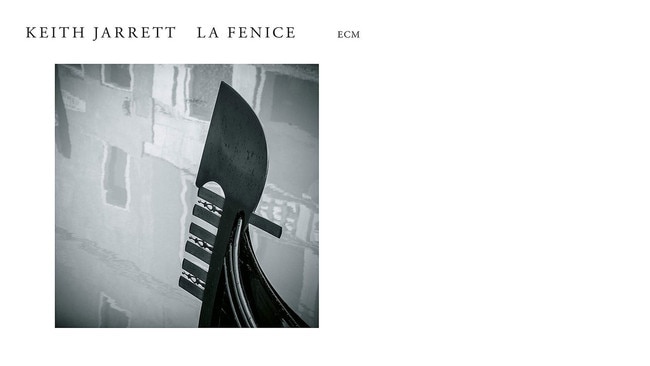
Jazz
La Fenice
Keith Jarrett
ECM
5 stars
This double album of 97 minutes was recorded live on July 19, 2006 at one of Venice’s classical music venues, Gran Teatro La Fenice, before an audience of 1100. Jarrett plays eight spontaneous improvisations (Parts I-VIII), with a structured composition interleaved after Part VI, The Sun Whose Rays, from Gilbert & Sullivan’s operetta The Mikado. The concert closes with three encores that are structured: the traditional My Wild Irish Rose, the Victor Young standard Stella By Starlight and one of Jarrett’s compositions, Blossom. The critical issue in free improvisation is how the performer juxtaposes two impulses: familiarity and abstraction. Some performers in this genre who reject the sounds of the past luxuriate in whatever music emerges in the moment, even if it sometimes resembles little more than noise. The great strength of Jarrett’s music is that, even when it is atonal or far-out, it always sounds eerily familiar. Jarrett’s ability to balance those two impulses has enabled him to achieve both critical acclaim and mass appeal. He cannot disguise the fact that he is the living embodiment of the jazz tradition.
The familiar signposts are everywhere: here is bebop, there is the jazz ballad; here are rich harmonic changes reminiscent of Bill Evans, there are simple passages as touching as Chick Corea’s children’s songs. Part VIII is blues. And so on. At other times, there are shimmering passages that might have been written by Ravel or Debussy.
Add two other major qualities of Jarrett’s artistry — his tender touch at the keyboard (he is never heavy-handed, even at fortissimo) and his unparalleled attention to dynamics (he knows when high energy needs to revert to stillness) — and you have a pianistic genius.
Eric Myers
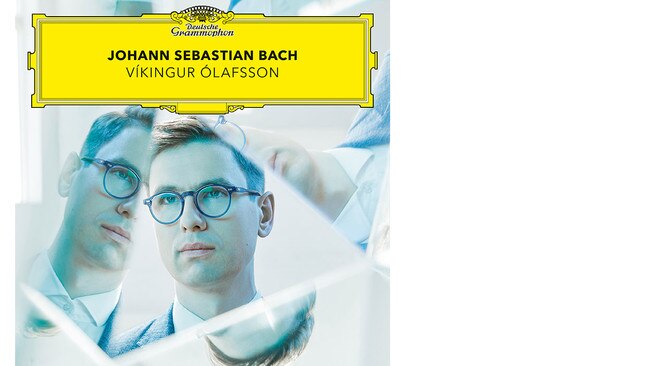
Classical
Johann Sebastian Bach
Vikingur Olafsson
DGG
5 stars
It takes only a few seconds to register that this is music-making of the highest order. Seventy minutes later you have had a transcendental Bach experience. Here is the 34-year-old sensation from Iceland, Vikingur Olafsson, Juilliard graduate, international soloist and exponent of contemporary music, including premieres of six Icelandic concertos and a highly acclaimed album of Philip Glass. If nothing else, this album illustrates how close some contemporary composers, particularly the “pattern-makers” such as Glass, Steve Reich and others are to Bach, that master “pattern-maker” born 333 years ago. It would be hard to imagine a more persuasive and secure bridge across those eras than this record. Olafsson delivers on what he describes as the “paradox” of Bach’s music: incredibly rich and strikingly sparse at the same time. These twin features are never absent in the striking revelations of his extraordinary pianism, captured in the new Harpa Concert House in Reykjavik in April this year. Chorale tunes and inner voices emerge with lucid clarity; a variety of legato and staccato touches articulate Bach’s intentions persuasively.
Olafsson shows how successive generations have transformed and reworked Bach. From the lush, organ-like sonorities of Busoni and August Stradal, to the jazz-infused transcriptions of Rachmaninov and his teacher Alexander Siloti, to the technical wizardry of Wilhelm Kempff, Olafsson’s promise of creating a “kaleidoscope” of Bach is abundantly realised. A minor quibble: where is that other great Bach-borrower, Percy Grainger? On future volumes and in festivals and concerts here, we can but hope.
Vincent Plush
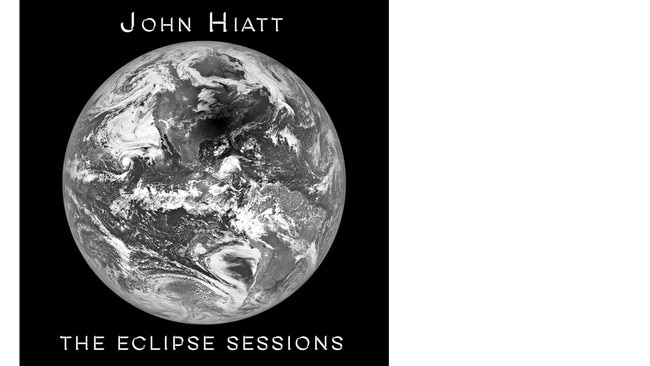
Roots
The Eclipse Sessions
John Hiatt
New West Records
3.5 stars
That John Hiatt sounds world-weary in The Eclipse Sessions is entirely apposite to an album that alludes to the vulnerability and vicissitude of relationships. The 23rd release from this widely admired veteran Nashville troubadour, whose songs have been covered by everybody from Bob Dylan and BB King to Joan Baez and Joe Cocker, may not constitute easy listening, but it certainly portrays a raw and compelling picture of life on the slide. The theme is set with characteristic pith in Cry to Me, a rolling alt-country opener directed at heartbroken lovers, as Hiatt drawls lines such as, “Tongue so sharp it bursts and bubbles”. It culminates 10 tracks later in Robber’s Highway, a graphic waltz-time reflection on waning powers and mortality.
Hiatt strikes a comparatively optimistic note in The Odds of Loving You but in another bluesy confession, Poor Imitation of God, counters: “I do better on my own / A lovesick dog that’s got no home.” No cards are left to deal in Aces Up Your Sleeve: “There’s no light on the bar-room floors where you swept them all off their feet.” Hiatt frets about impending dotage in the funky JJ Cale-sounding Over the Hill.
In the ballads Nothing in My Heart and Hide Your Tears he descends to bottom register to sing stripped-to-the-bone lyrics, while in the rockers All the Way to the River and One Stiff Breeze, Hiatt strains to hit the higher notes. Mind you, his guitar-playing and arranging are exemplary throughout.
Tony Hillier


